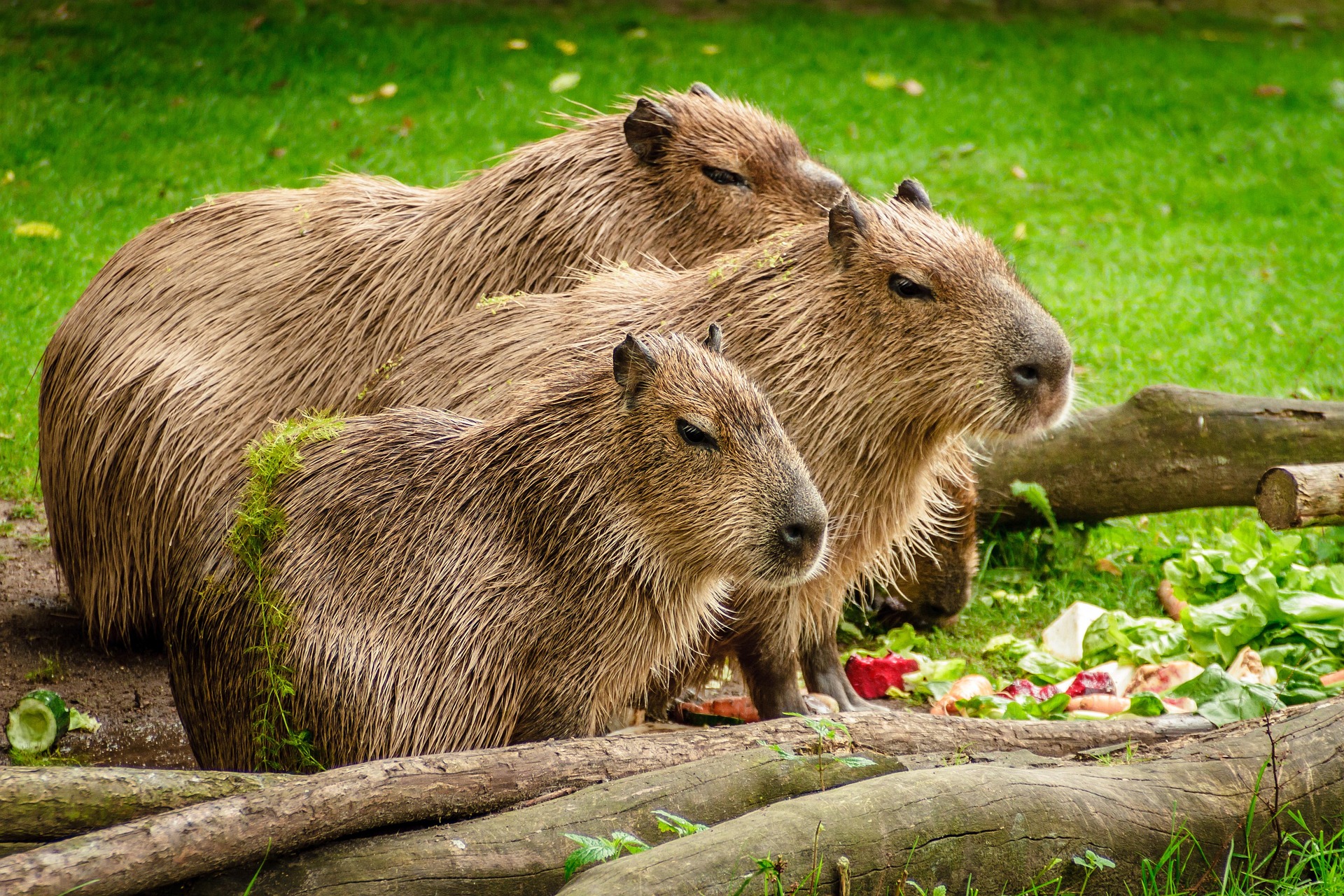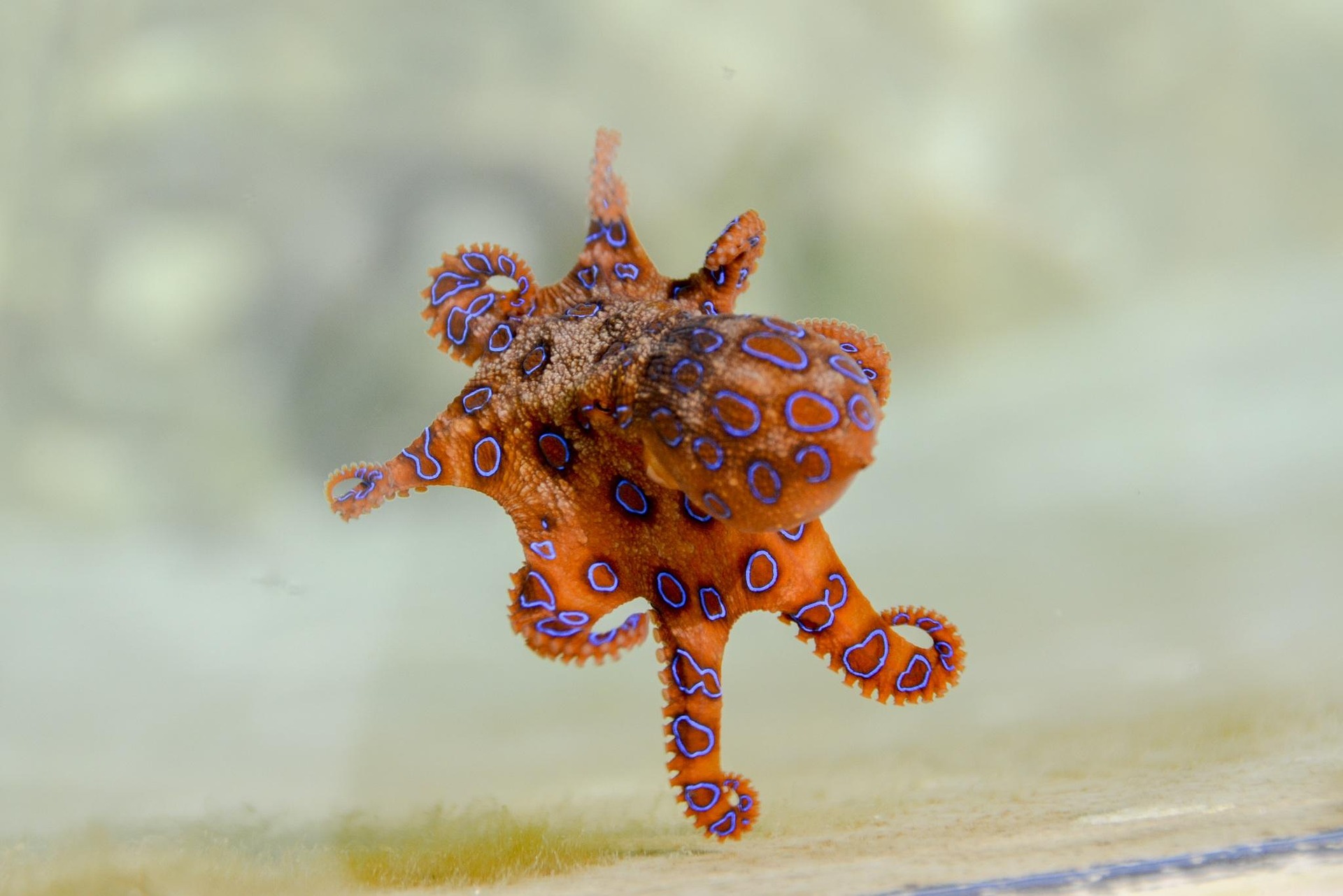Exploring the Unchartered Territory of Capybara Pet Ownership
Delving into the relatively uncovered subject of pet Capybaras, this article highlights the peculiarities, necessary conditions, and the overall viability of adding the world's largest rodent to your family.

The Capybara’s Unique Qualities
Capybaras, native to South America, are semiaquatic mammals that, interestingly, are the largest rodents in the world, growing up to over 4 feet long. Sporting webbed feet and spiky fur, they are often identified by their rounded snouts and beady eyes. They primarily feed on grasses and aquatic plants, and are known for their love of water, where they retreat both to escape predators and cool down from the heat.
From South American Jungles to American Suburbs
Despite their unusual size and natural habitat preferences, in recent years, an interest in Capybara pet ownership has slowly been gaining traction in the United States. Their social and docile nature, paired with their quirky characteristics, make them appealing to the more adventurous pet enthusiast. Yet, interestingly enough, Capybaras in the wild are known to live in large groups, suggesting a predisposition towards communitarian living.
The Rise and Reality of Capybara Pet Ownership
While a small number of U.S. states grant permits for Capybara pet-ownership, it’s not a commitment to be taken lightly. Capybaras present unique challenges and require a considerable investment. As semi-aquatic creatures, they fare the best with access to a body of water. Similarly, their diet is fairly complex, requiring a mix of fresh and dried grasses. Their relatively large size also predicates an appropriate amount of space to roam. Current estimations place Capybara ownership costs, including initial purchase and upkeep, between $1,000 – $3,000 annually.
The Implications and Influences
The trend of owning unconventional pets like Capybaras certainly has its implications. On one hand, it opens up new market avenues for breeders, veterinary services, and pet supplies that could add diversity to the pet industry. On the other hand, it also brings forth questions about the suitability and ethical implications of keeping wild animals as domestic pets. Researchers continue to study and monitor the trends surrounding Capybara pet ownership.
Conclusion
The recent, albeit marginal, increase in Capybara pet ownership indeed presents an irregular entry in the vast compendium of American pet history. It offers an intriguing option for those willing to cater to their particular needs while reigniting debates on appropriate boundaries in our quest for non-traditional companionship.




